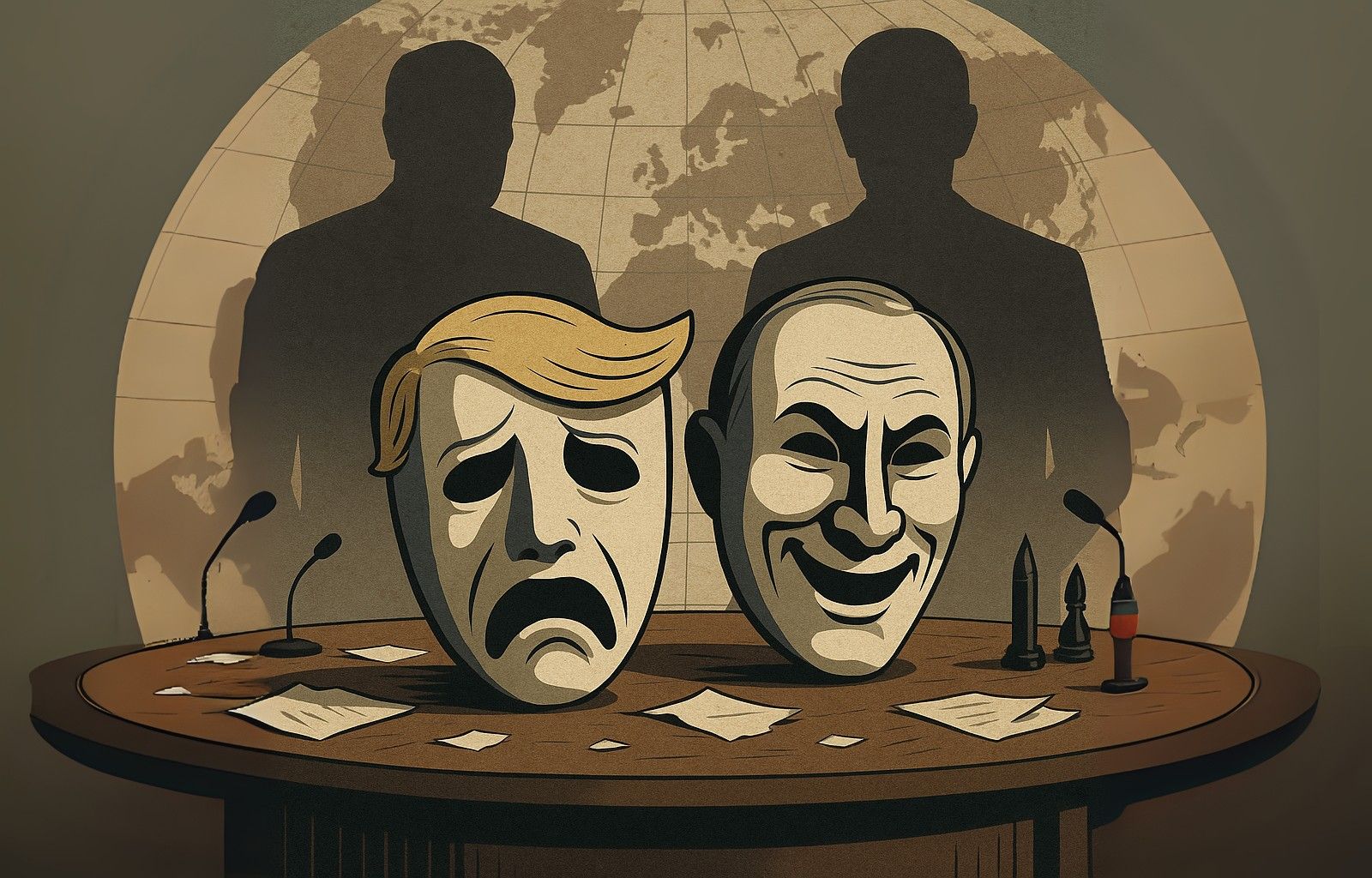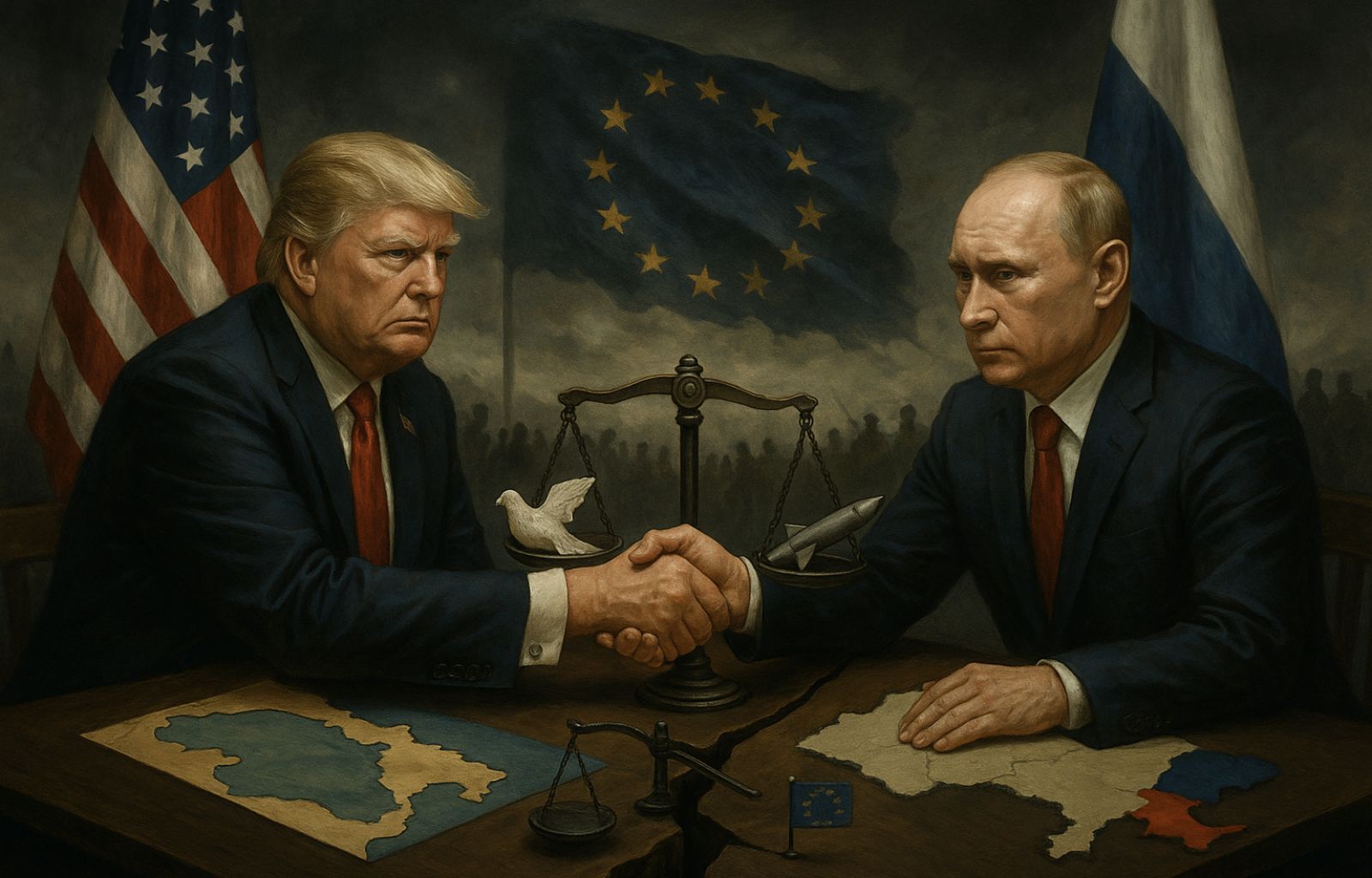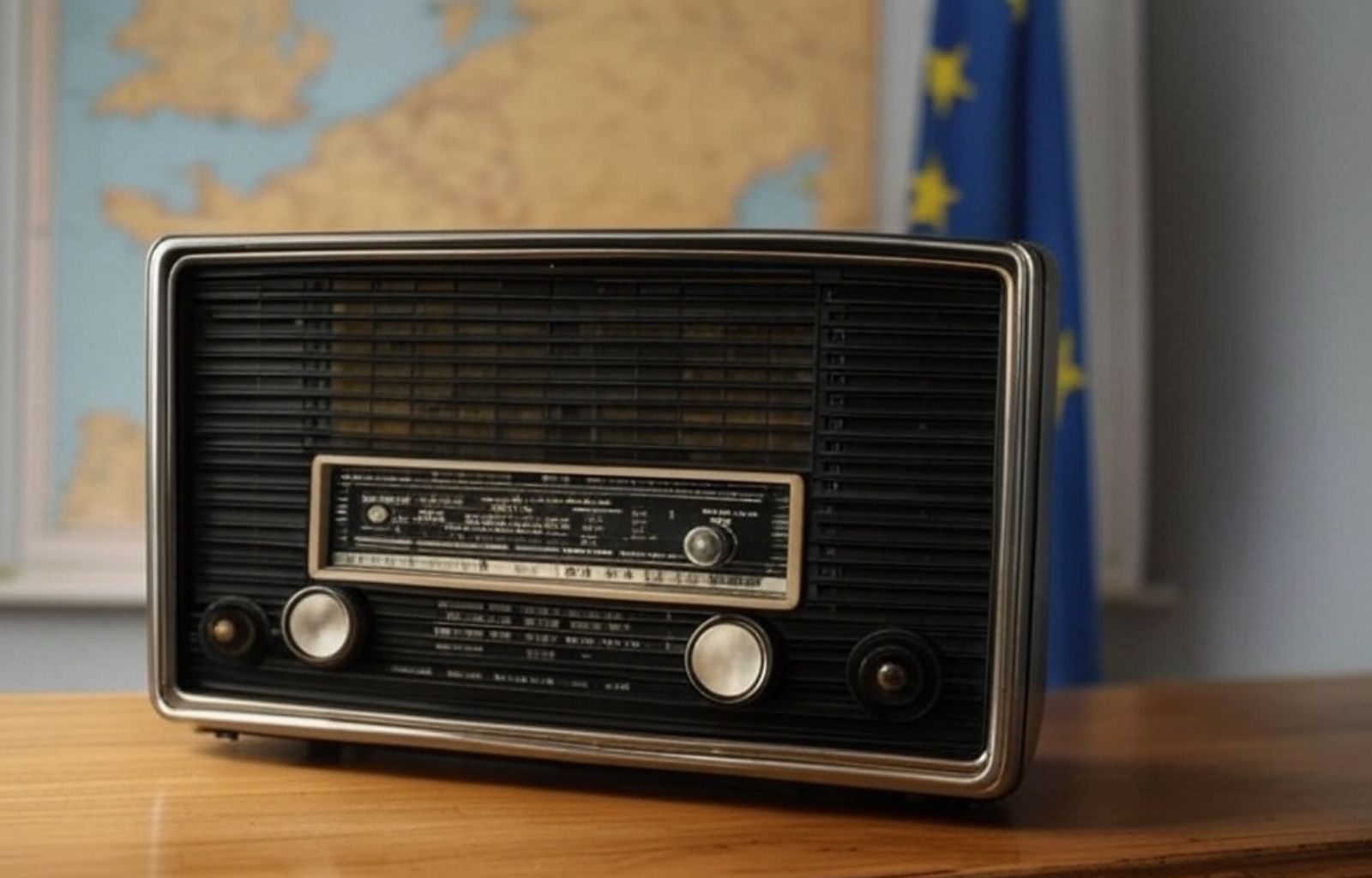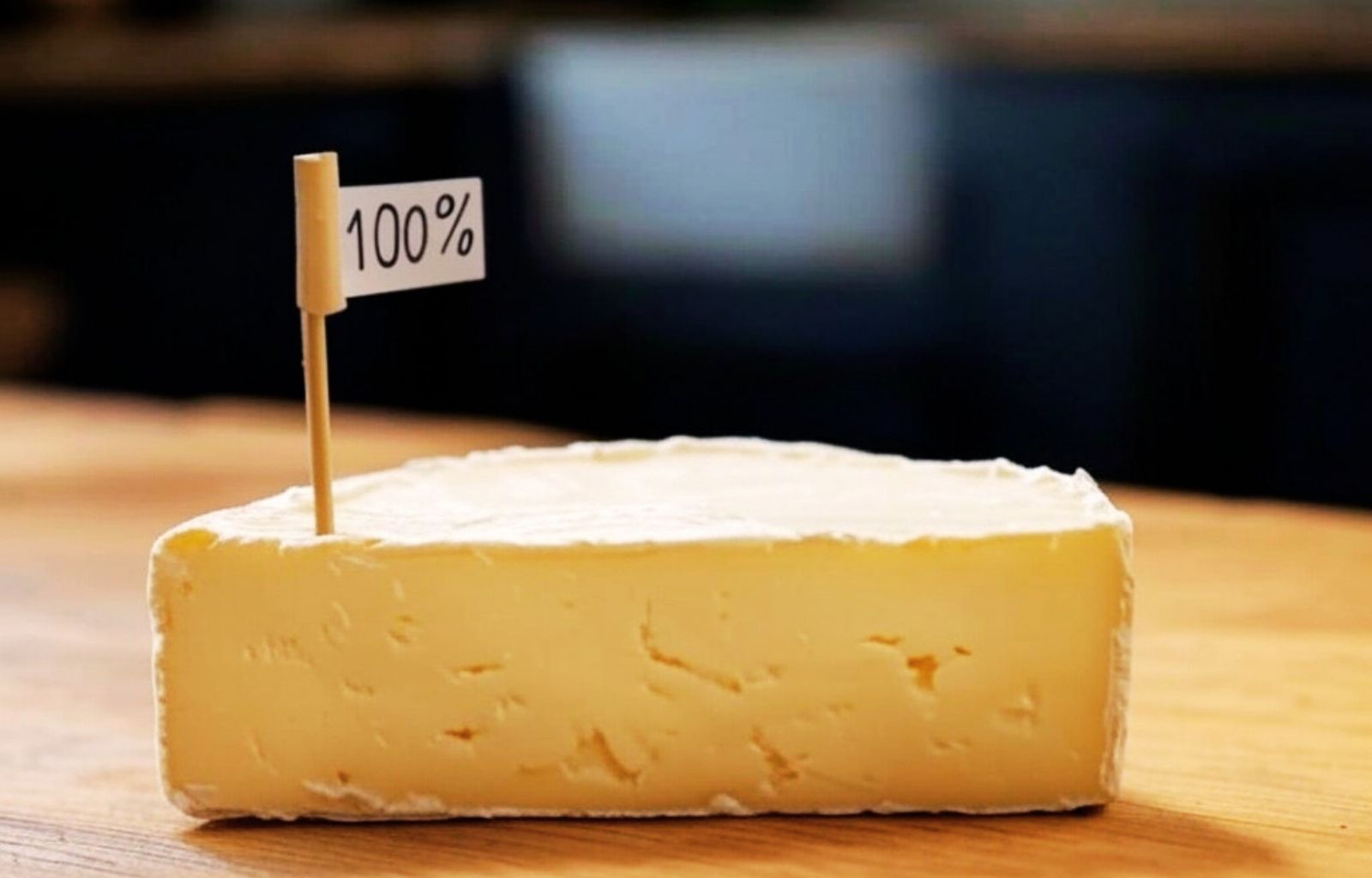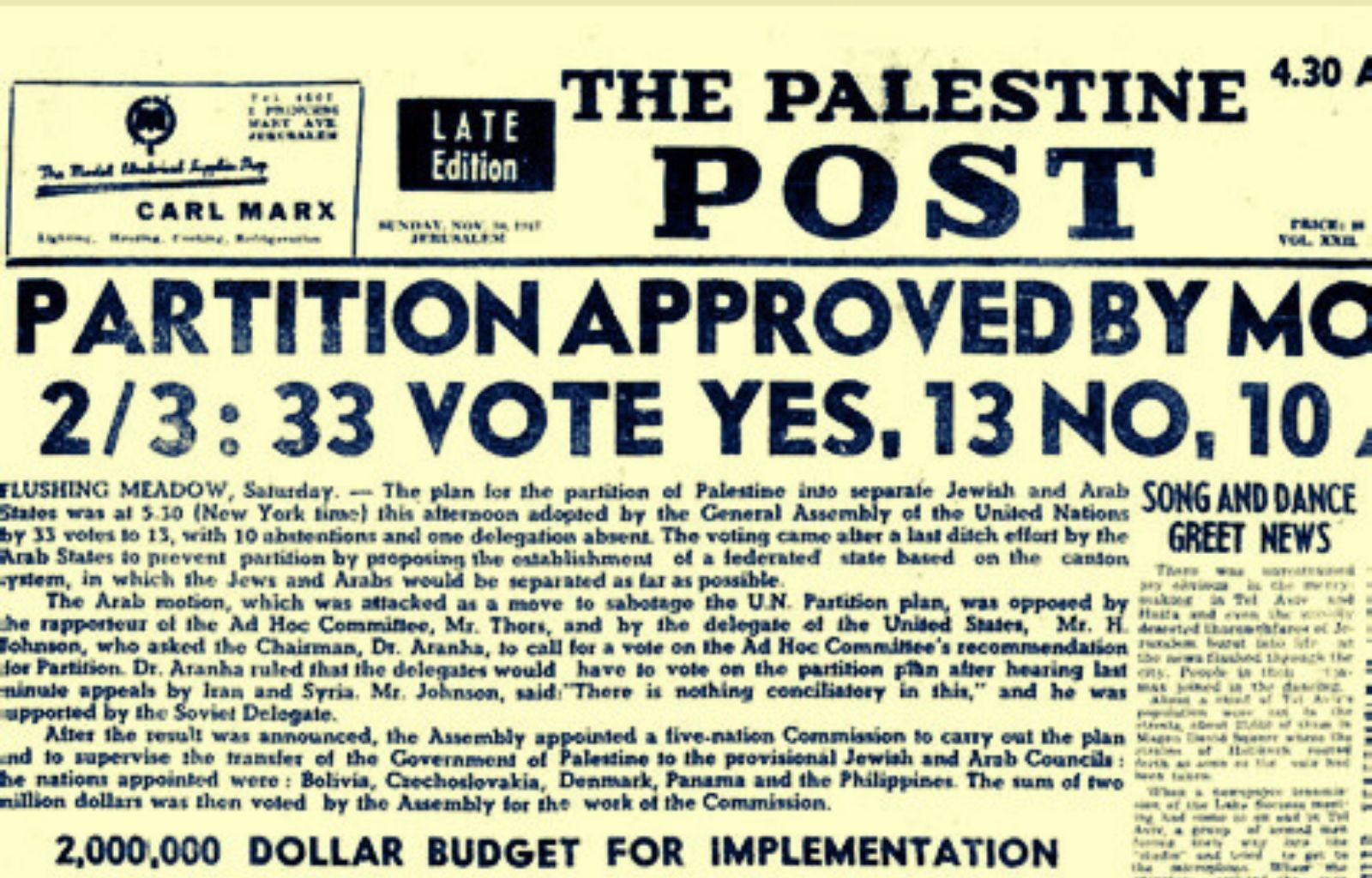Between diplomatic illusions and new offensives, Europe remains the lynchpin of Ukrainian resistance
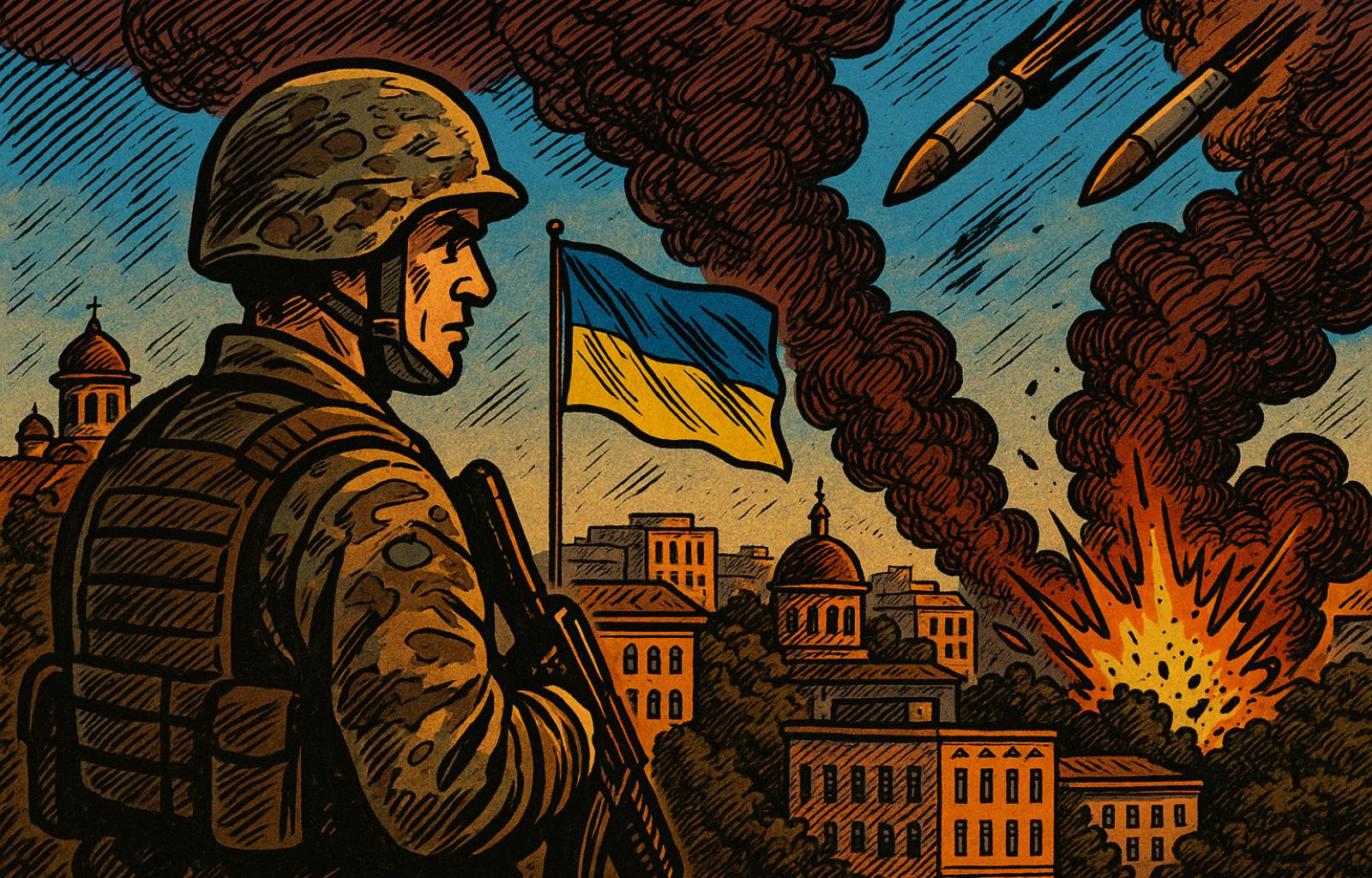
While diplomats search for loopholes, the conflict in Ukraine is increasingly moving towards a phase of strategic stalemate and head-on collision. The air attack on the night of 3 to 4 July, one of the most serious in 2025, hit six of Kyiv’s ten districts, causing at least 26 injuries, damage to health facilities, residential buildings, railway infrastructure, and dozens of fires. According to Ukrainian President Volodymyr Zelensky, it was a ‘deliberate and cynical action’, carried out with 539 drones and 11 missiles, demonstrating that Moscow has no intention of easing the pressure.
The regions of Dnipro, Sumy, Kharkiv and Cernihiv have also been the target of simultaneous attacks, in what increasingly appears to be a brutal and unequivocal message: Russia can still strike deep and without limits.
Sterile talks between Trump and Putin
The offensive came just hours after a telephone conversation between US President Donald Trump and Russian counterpart Vladimir Putin, which lasted about an hour but ended with ‘no progress’ towards a ceasefire. Trump later also spoke with Zelensky, confirming formal support but increasingly lacking operational substance. Beyond declarations of goodwill, the political fact remains the freeze on already approved military aid – including air defence munitions – and the absence of new funds for Ukraine in next year’s US federal budget.
The impression, reinforced by European diplomatic rumours and news of a possible restart of the Nord Stream project with the involvement of American investors, is that the White House is pursuing a strategy of disengagement disguised as diplomacy. A rapprochement with Moscow, motivated by converging energy interests, seems to be looming on the horizon, fuelling suspicions that Washington wants to redefine its global balance even at the expense of Ukraine and Euro-Atlantic cohesion.
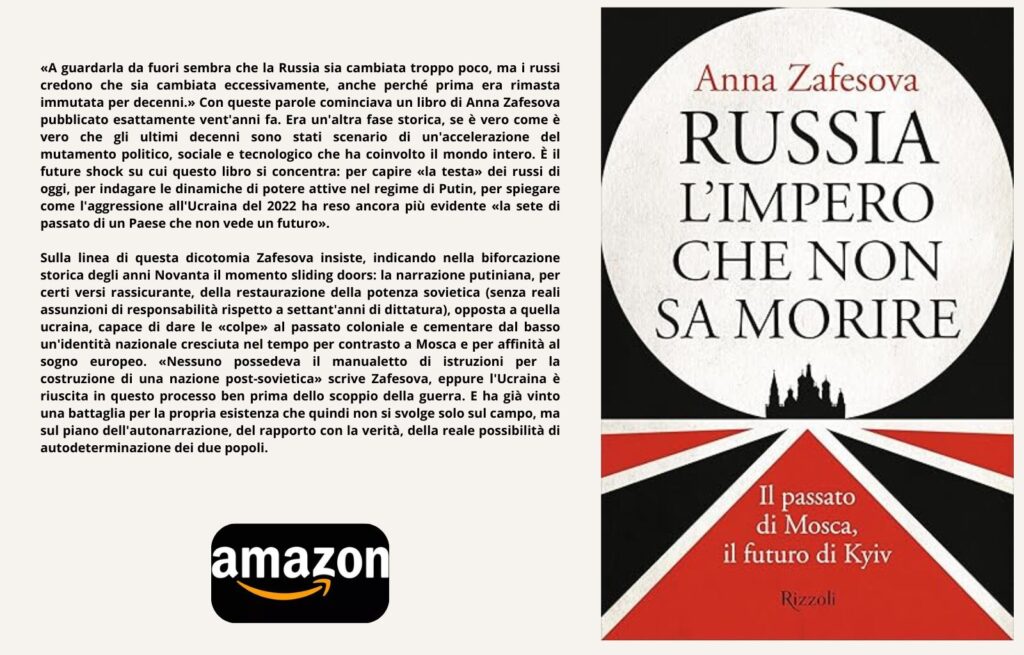
Putin gains time, Kyiv regroups
If for Putin this scenario represents an opportunity to consolidate positions on the ground and strengthen his negotiating leverage, for Kyiv the situation is more complex. American unreliability has triggered a paradigm shift: Ukraine, aware of the fragility of US support, is focusing on greater military autonomy and strategic partnerships with Europe.
According to official sources, about 40% of the weapons used by Ukraine are already produced locally. The strategy now is to extend this production capacity through collaborations with European countries such as Poland, France and Germany. Zelensky has spoken openly about co-production of drones and defensive technologies with the United States, but it is clear that the space for industrial integration with Europe is expanding more concretely and rapidly.
Europe called to the test of cohesion
In this context, the European Union can no longer afford to act in a fragmented manner. The recent NATO summit in The Hague has already highlighted the need for a quantum leap, and the 10 July summit in London – promoted by French President Emmanuel Macron and the newly elected British Prime Minister Keir Starmer – will be a crucial test. The idea of a European front of the ‘willing’ is taking shape, capable of supporting Ukraine structurally and independently of the oscillations of American policy.
But this is not just a moral duty: it is a question of strategic security. A Europe capable of acting autonomously in its eastern neighbourhood – in line with the principle of strategic autonomy promoted by Brussels – is an indispensable condition for the geopolitical credibility of the Union and for the very survival of the European project.
Beyond the illusion of equidistance
The current phase of the Ukrainian conflict deeply questions the West. The search for a balance between diplomacy and deterrence is necessary, but it cannot be based on unilateral concessions nor on a cynical view of energy interests. The temptation by Trump and Putin to share spheres of influence in the European energy market – as denounced by sources in Brussels and Berlin – risks compromising not only the fate of Ukraine, but also the energy and political sovereignty of the Old Continent.
Equidistance is a dangerous illusion: Europe must clearly state which side it is on, not only to defend shared values, but to protect its own stability.
Kyiv resists, Europe must decide
The new escalation shows that the war in Ukraine is far from frozen. Behind every attempt at negotiation lies a broader battle: the battle to redefine the international order. Europe now has a responsibility that goes beyond military support: it must choose whether to be a protagonist or a spectator in this process.
Ukrainian resilience, once again put to the test, deserves strategic, lasting support consistent with the democratic values on which the Union is founded. The time for waiting is over. What is at stake is not only the fate of Ukraine, but also Europe’s ability to assert its autonomy, coherence and worldview.

